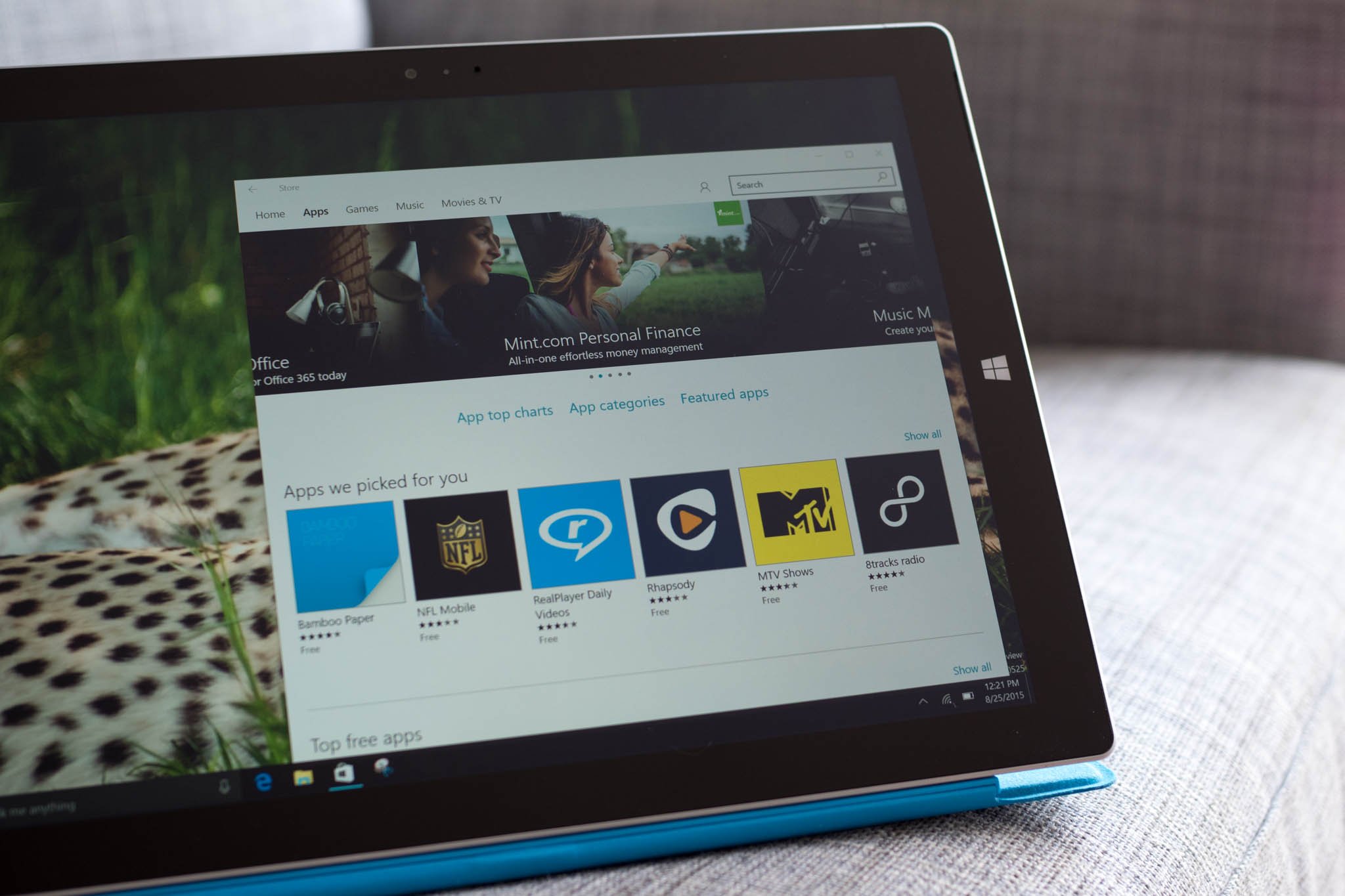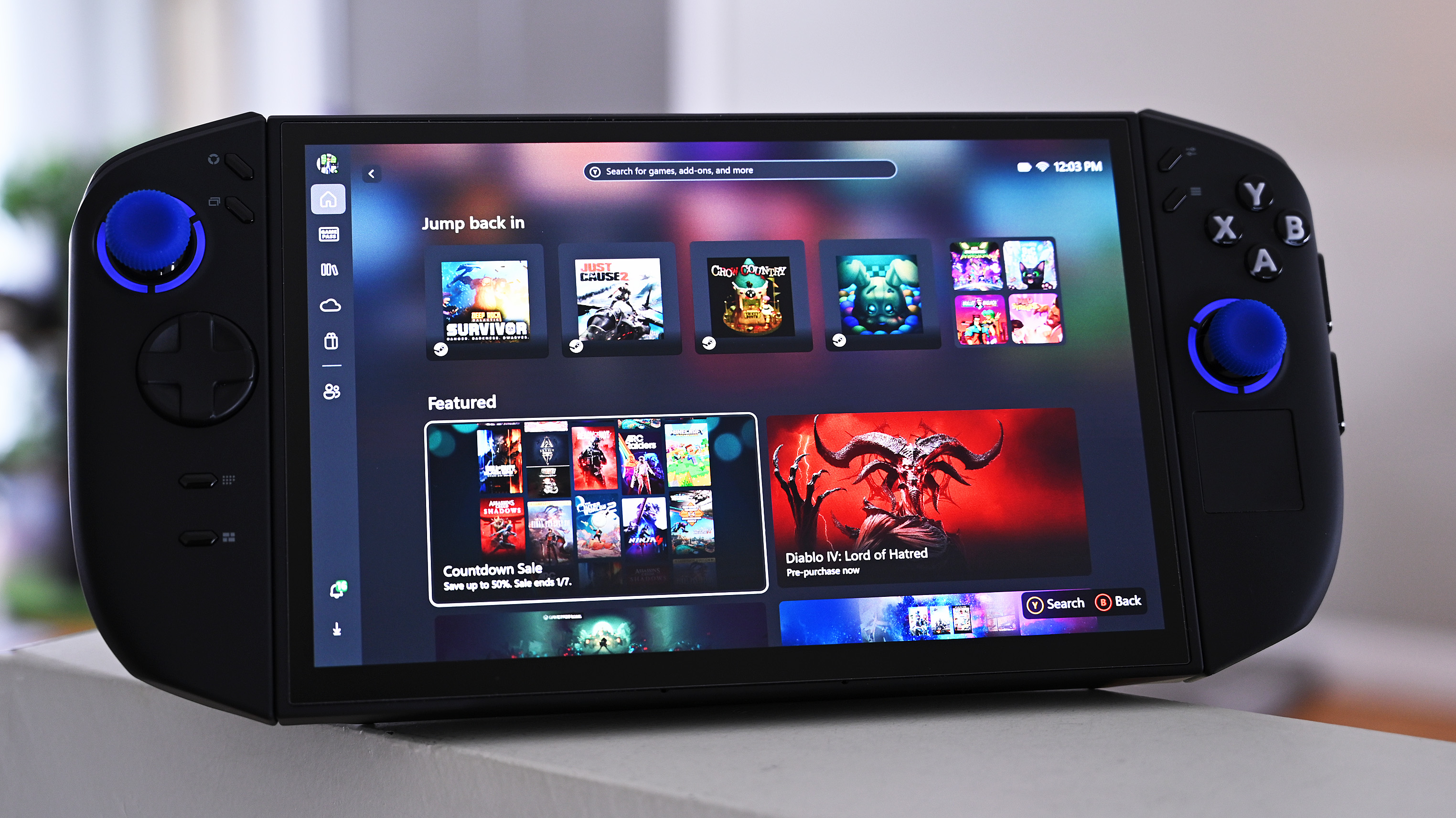Microsoft's Desktop App Converter tool can now be downloaded from the Windows Store

Microsoft has announced that its Desktop App Converter tool, which turns standard Windows desktop applications into Windows 10 apps, is now available directly from the Windows Store.
In a blog post, Microsoft stated:
This will enable updates of the Desktop App Converter with the latest features and bug-fixes to automatically be available to you as soon as we release them.
Microsoft also announced that desktop Windows app installers InstallShield, WiX and Advanced Installer all now support the Desktop Bridge tools, "enabling developers to directly build an app package with their existing desktop app using the bridge as part of their existing developer workflow."
We have seen a number of Windows desktop apps, such as Evernote, be released in the Windows Store in the past several weeks. Microsoft has now confirmed those plans with more to come:
Today we're pleased to announce that new apps including Evernote, Arduino IDE, Double Twist, PhotoScape, MAGIX Movie Edit Pro, Virtual Robotics Kit, Relab, SQL Pro, Voya Media, Predicted Desire and korAccount will become available in the Windows Store within the next few days for Windows 10 customers running the Anniversary Update. As the apps become available in the Store, you will be able to find them in a full collection of apps built using the Desktop Bridge in the Windows Store.
If you're a developer, you can grab the Desktop App Converter from the Windows Store now to start publishing your own converted Win32 apps to the Store.
Download Desktop App Converter from the Windows Store
All the latest news, reviews, and guides for Windows and Xbox diehards.

John Callaham was a former contributor for Windows Central, covering Windows Phone, Surface, gaming, and more.
